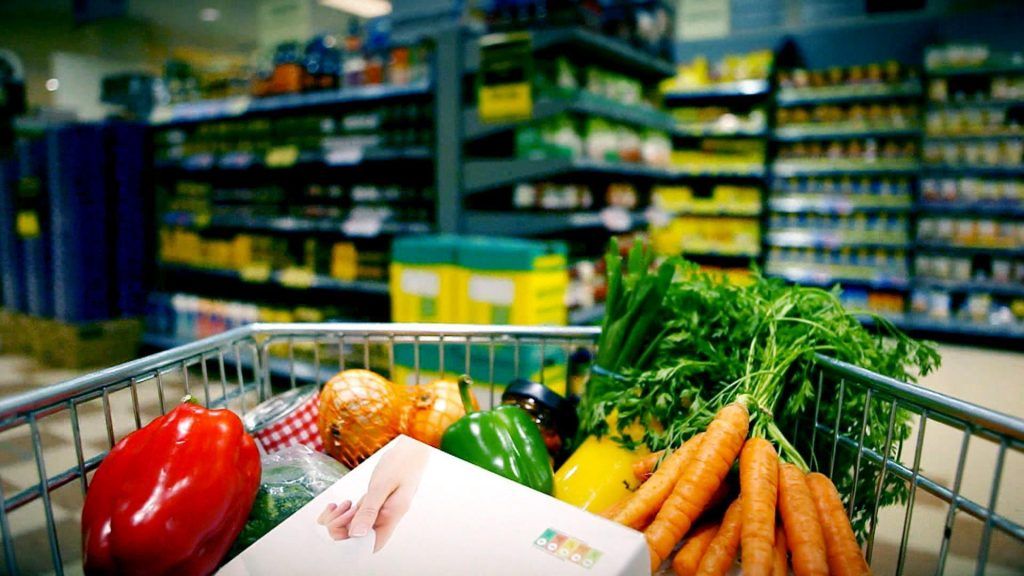Just consider this: 66.5 per cent of retail or Indian grocery Spending in the USA goes toward groceries, generating a market in 2019 worth more than $600 billion.
Did you know that India has much higher grocery prices than the US, the UK, or even China? Over 80% of all food expenses in India are for basic commodities, including non-meat, fresh fruit, and staples.

Despite how much the grocery market has changed, mom-and-pop shops continue to be the industry’s lifeblood. According to the study, it represents more than 95% of all retail spending.
According to the RedSeer analysis, Indian groceries in USA stores thrive on their proven capacity to offer consumers convenient and tailored service, particularly in tier 2+ cities, which account for about 80% of food expenditures in India.
With over 10% of the nation’s GDP and almost 8% of all employment, the retail sector in the USA of the Indian grocery industry is the largest of all industries. With several competitors joining the market, the retail industry in India has emerged as one of the most dynamic and quick-paced sectors. However, due to the significant upfront costs necessary to compete with other businesses and break even, none have yet experienced success. The retail sector in the USA of Indian grocery is edging closer to becoming the next big business.
The expansion of grocery delivery services in the USA:
Following the COVID-19 outbreak, local communities have a restored sense of trust in grocery businesses. They have gained a lot of new clients who will stick around long after the pandemic is over. In the recent economic boom, grocery shop owners are establishing ties with new clients and providing customer services, including credit, home delivery, hyper-local apps, and hyper-local goods.
For many years, supermarkets have actively used their stores, regular sales, and brand recognition network to branch out into non-food retail (such as hypermarkets), pharmaceutical retail, financial services, and other industries. However, there is a possibility of going beyond these essential services now more than ever. Due to digitization, the grocery industry is no longer dependent on brick-and-mortar stores, making its expansion into other industries much more scalable.
They provide customers with a one-stop shop for their daily requirements, both for necessities and non-essential goods. Residential units and food stores have long coexisted since they are both necessary. But thanks to technology, many of us now buy groceries and other necessities online. With the help of technology, it is now simple to browse through things, choose what we want, and quickly and conveniently pay for everything.
Constantly evolving consumer preferences:
As consumer preferences have changed, businesses are forced to adjust because they cannot function without customers. The grocery industry has also evolved and is still working to satisfy consumer demands. For instance, supermarket stores sold whole wheat grain between the 1970s and 1990s so that customers could create fresh wheat flour at home. Large bags of pre-ground wheat flour were first sold in stores as people started to prefer pre-packaged wheat flour that they could use straight in their cooking as time changed. Currently, this situation affects the majority of goods.
Technological developments of Indian Groceries in supermarkets:
The COVID-19 epidemic has left the entire world in a state of shock, and technological advancements have several chances to lead the way. Grocery retailers that have embraced digitization experience the same thing. There are several Indian grocery stores in the USA, accounting for more than 80% of all retail sales. The worldwide crisis has sparked a new wave of internet and telephone enterprises for grocery and food.
It’s interesting to note that grocery stores are usually among the first to adopt new technology. For instance, when landline phones first became popular, grocery stores started charging a small price for PCO booths to be used by customers. Grocery retailers provided phone minutes for consumers to top off their talk time when they switched from landlines to mobile phones.
Mobile technology plays a significant role in the development of Indian grocery retail. Indian customers want their groceries delivered in an hour or less after they place their purchase. Indian shops are reacting by introducing cutting-edge app-based services that enable this.
How much revenue is generated by an American food store?
Average grocery profit margins in 2017, grocery store retailers typically had a net profit of 2.2 per cent. In other words, grocery stores made 2.2 cents in profit for every dollar of sales. (Specialty supermarkets, such as natural food shops, might have marginally higher profit margins.) A 2.2 per cent profit margin is not a particularly high one. How much money does an American grocery shop owner make in light of this? Owners of supermarket stores average, earn $62,419 per year, according to Indeed.com. However, a variety of factors contribute to that, including Location. the shop’s size.
Conclusion
Grocery stores are one of the most important places in our lives. No other retail company has nearly as many consumer touch points or generates as much user data due to how frequently we visit them, whether to pick up products every day or stock up every week. Additionally, grocery retailers have a strong foundation to build on to diversify their businesses because of their extensive store networks, supply chains, and last-mile arrangements. All these points clearly indicate how Indian groceries are taking over the USA groceries market. The above mention showcases the representation of the Indian groceries will lead in the future.



